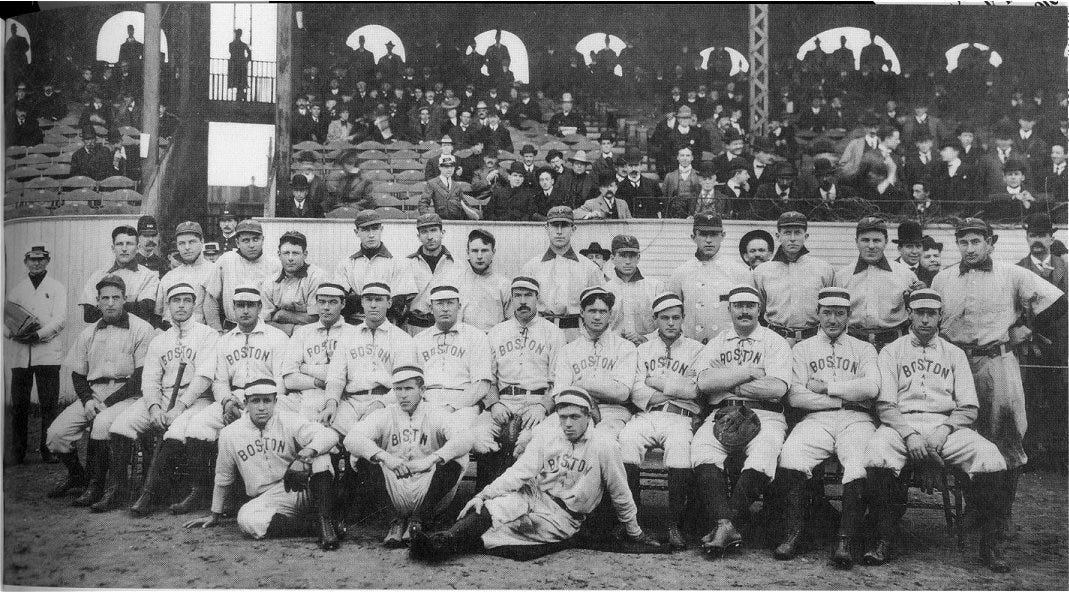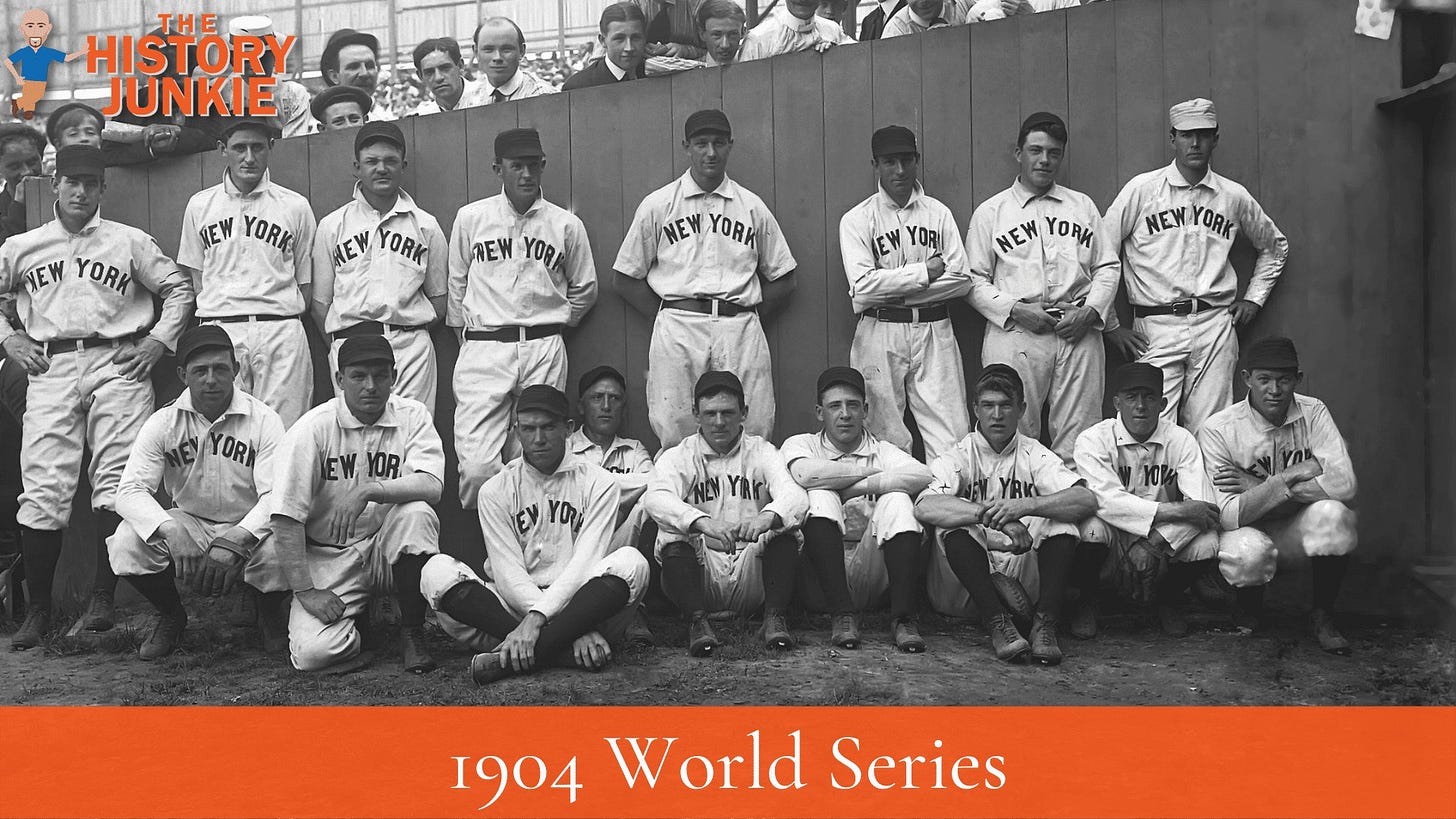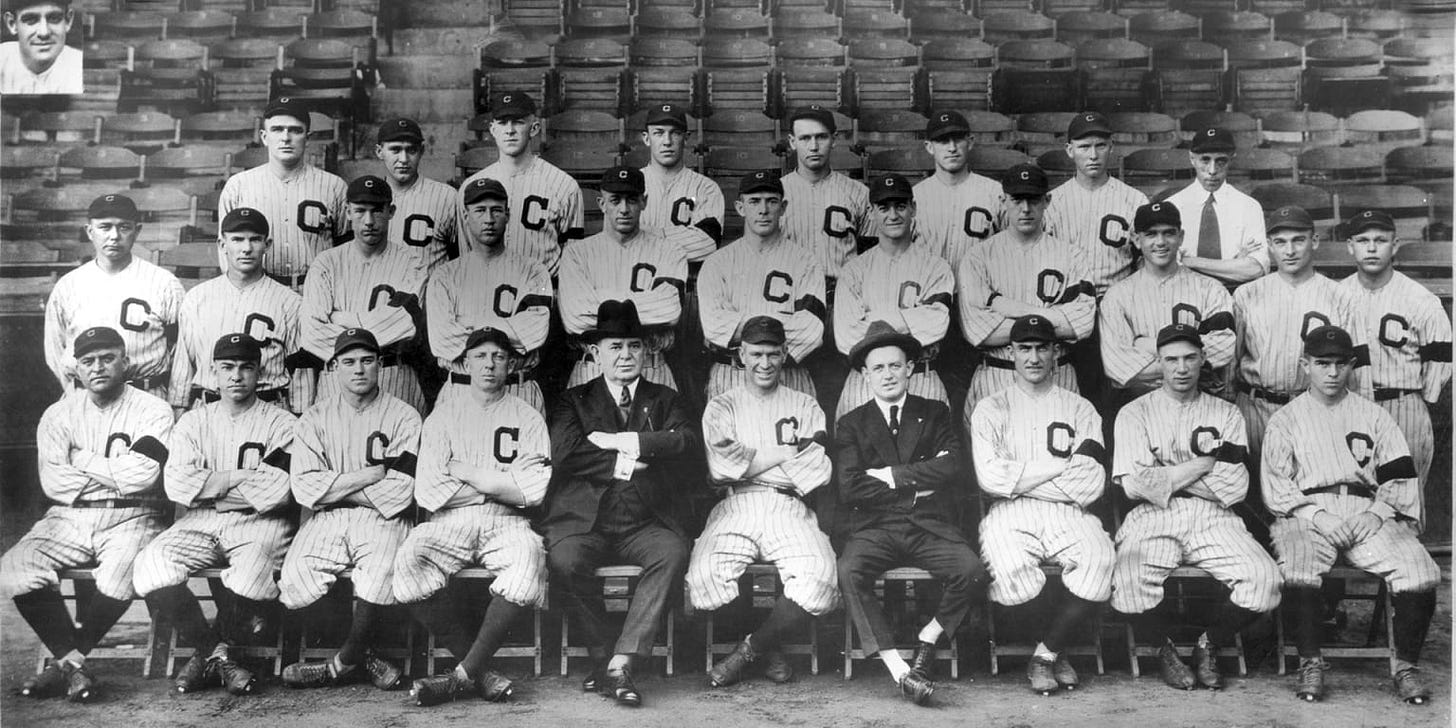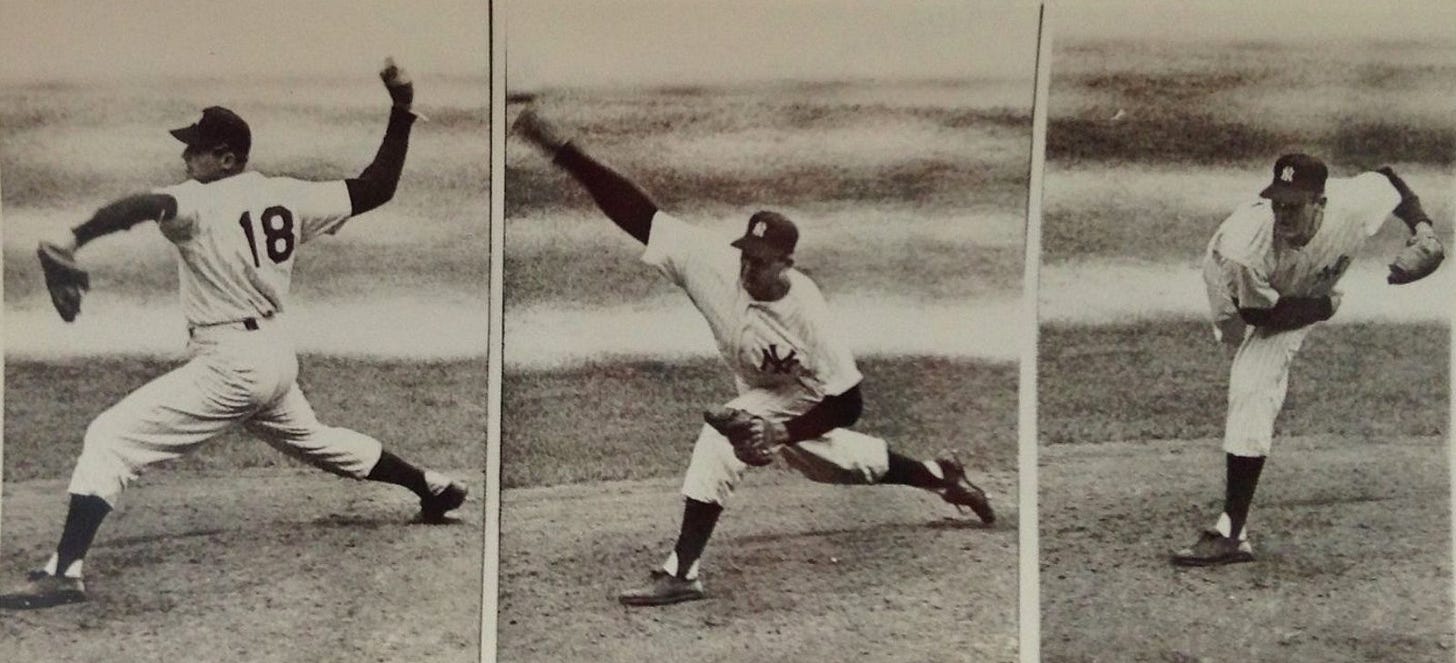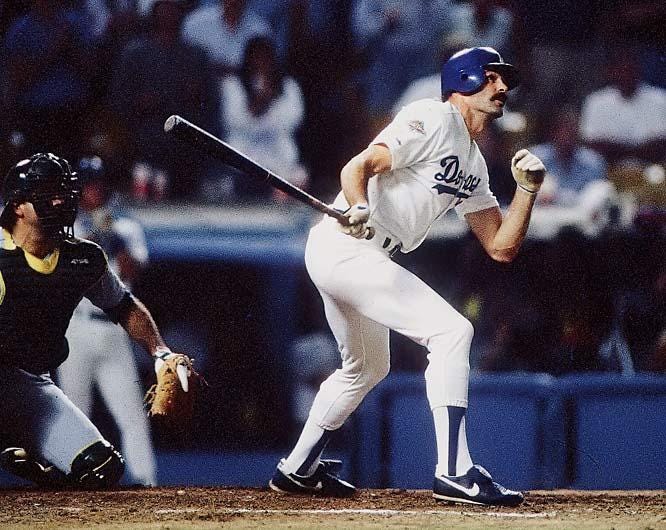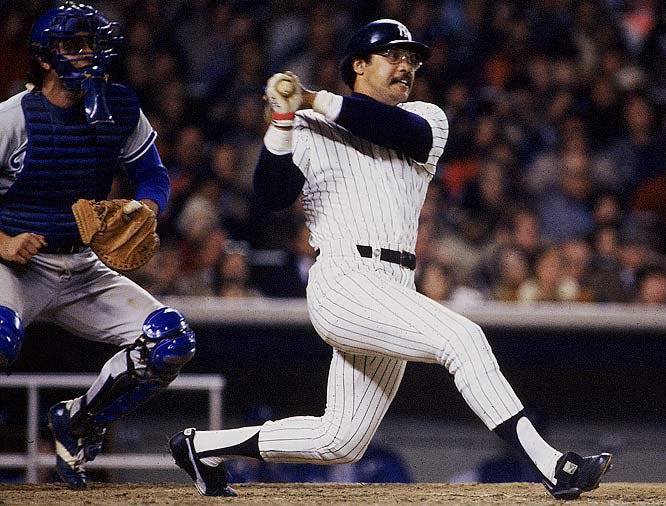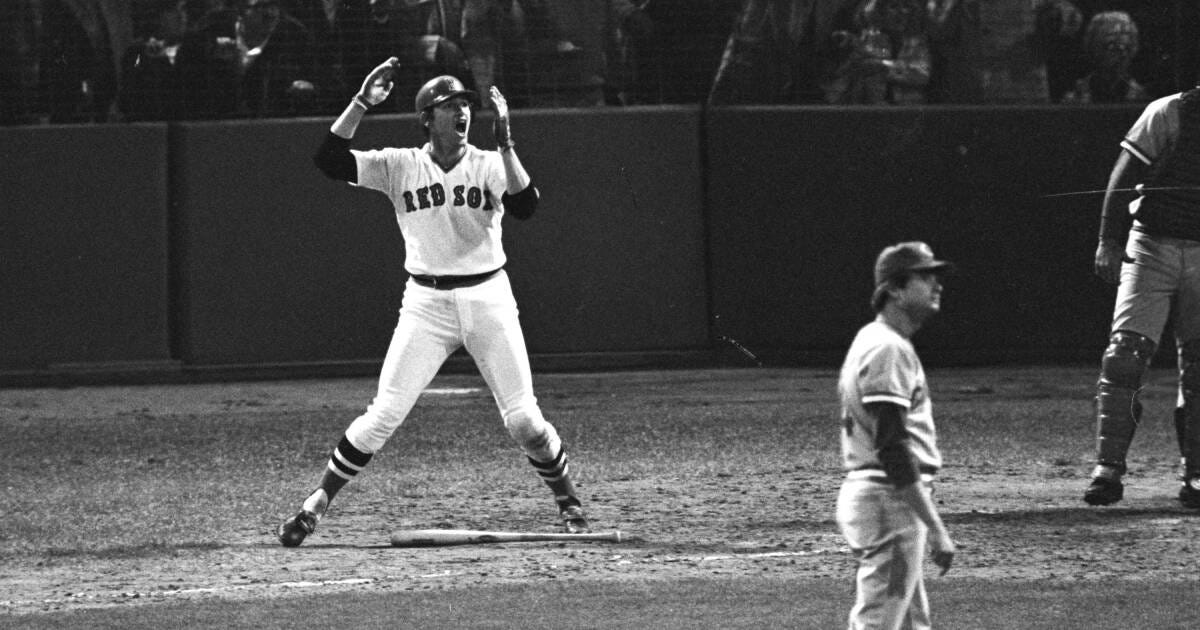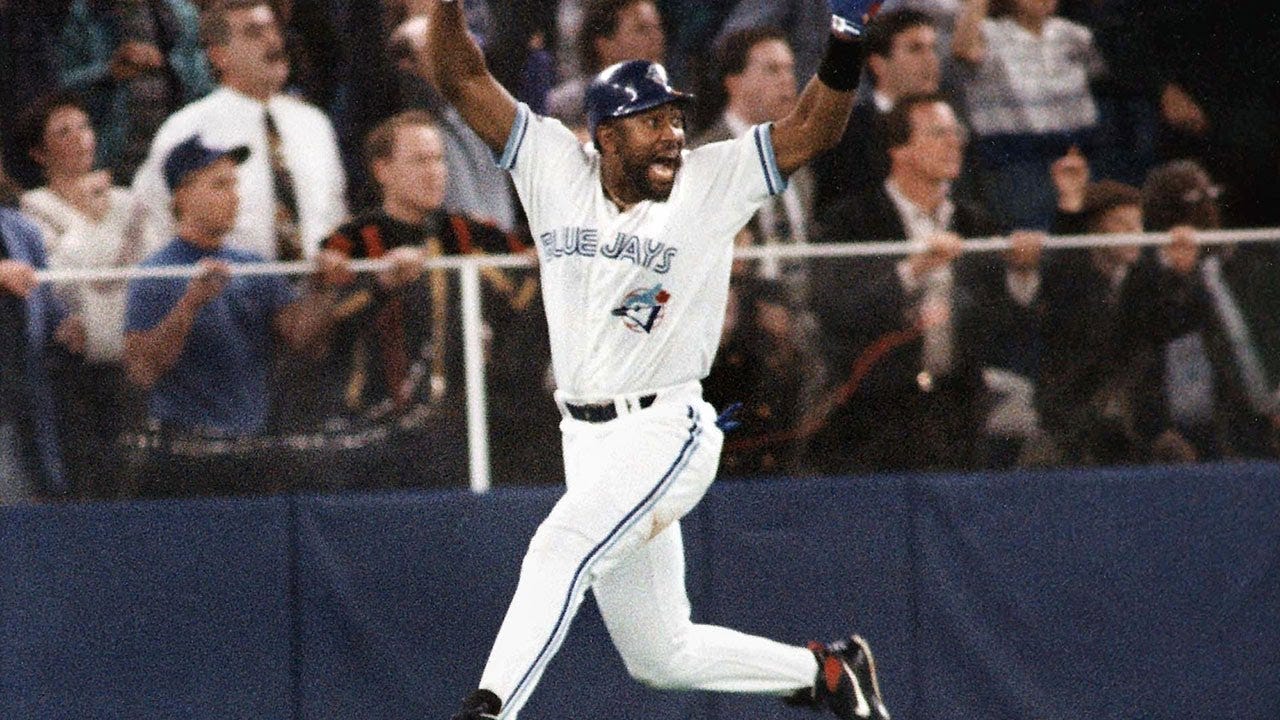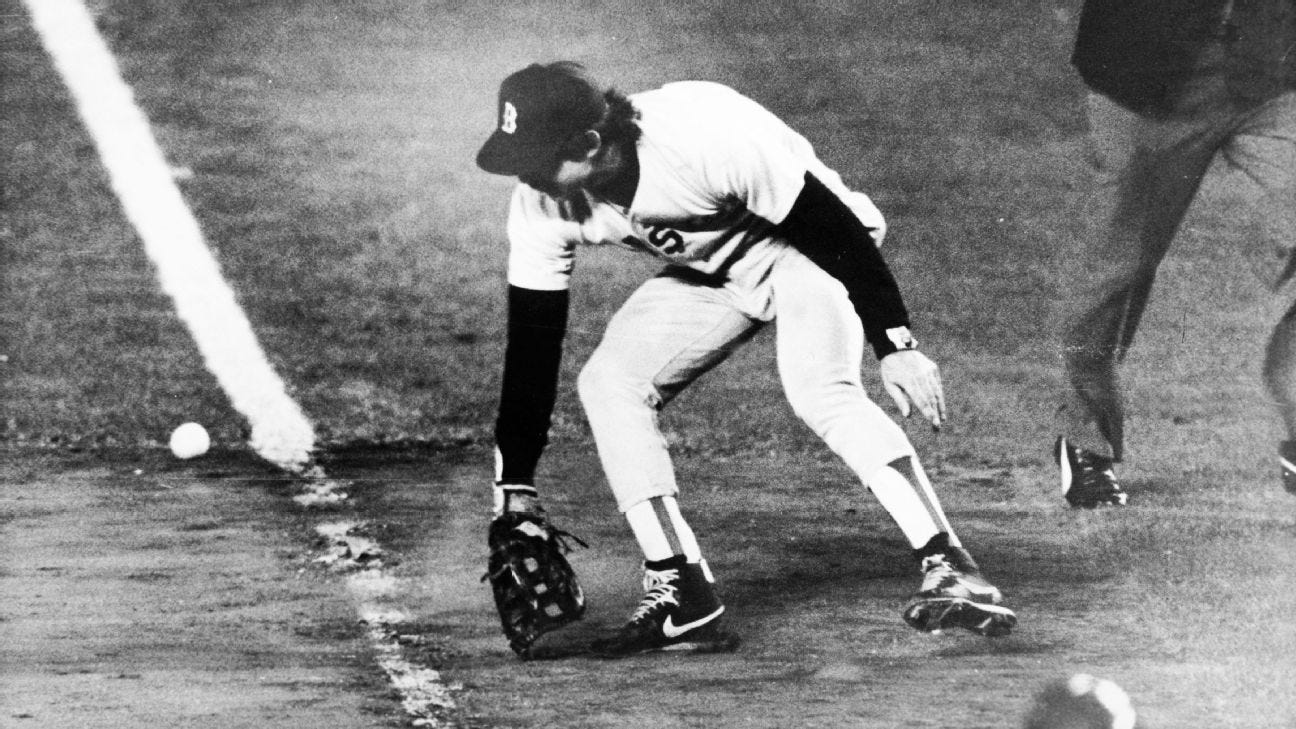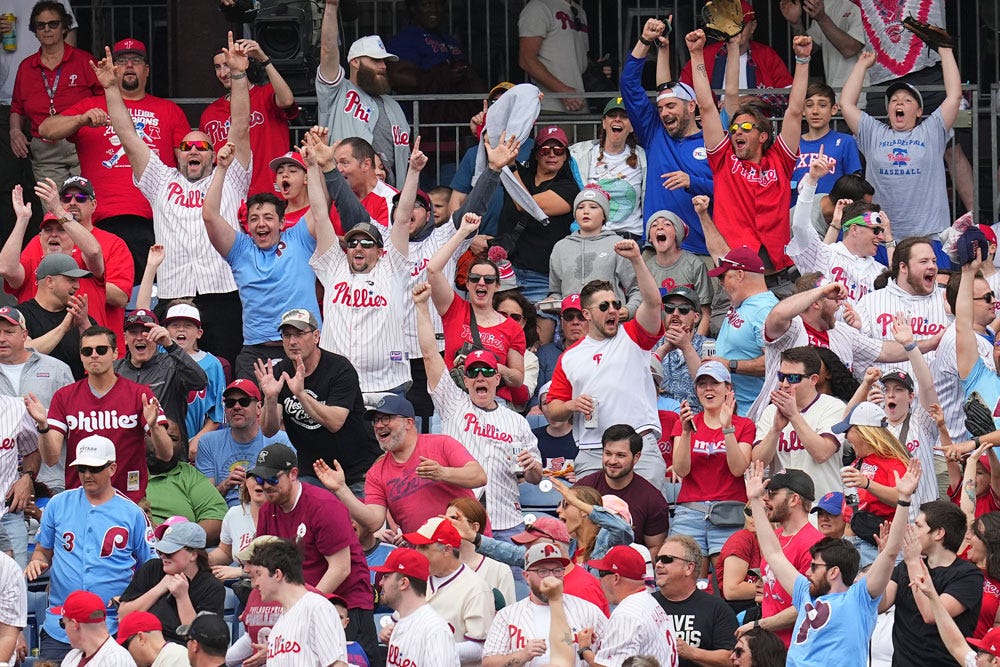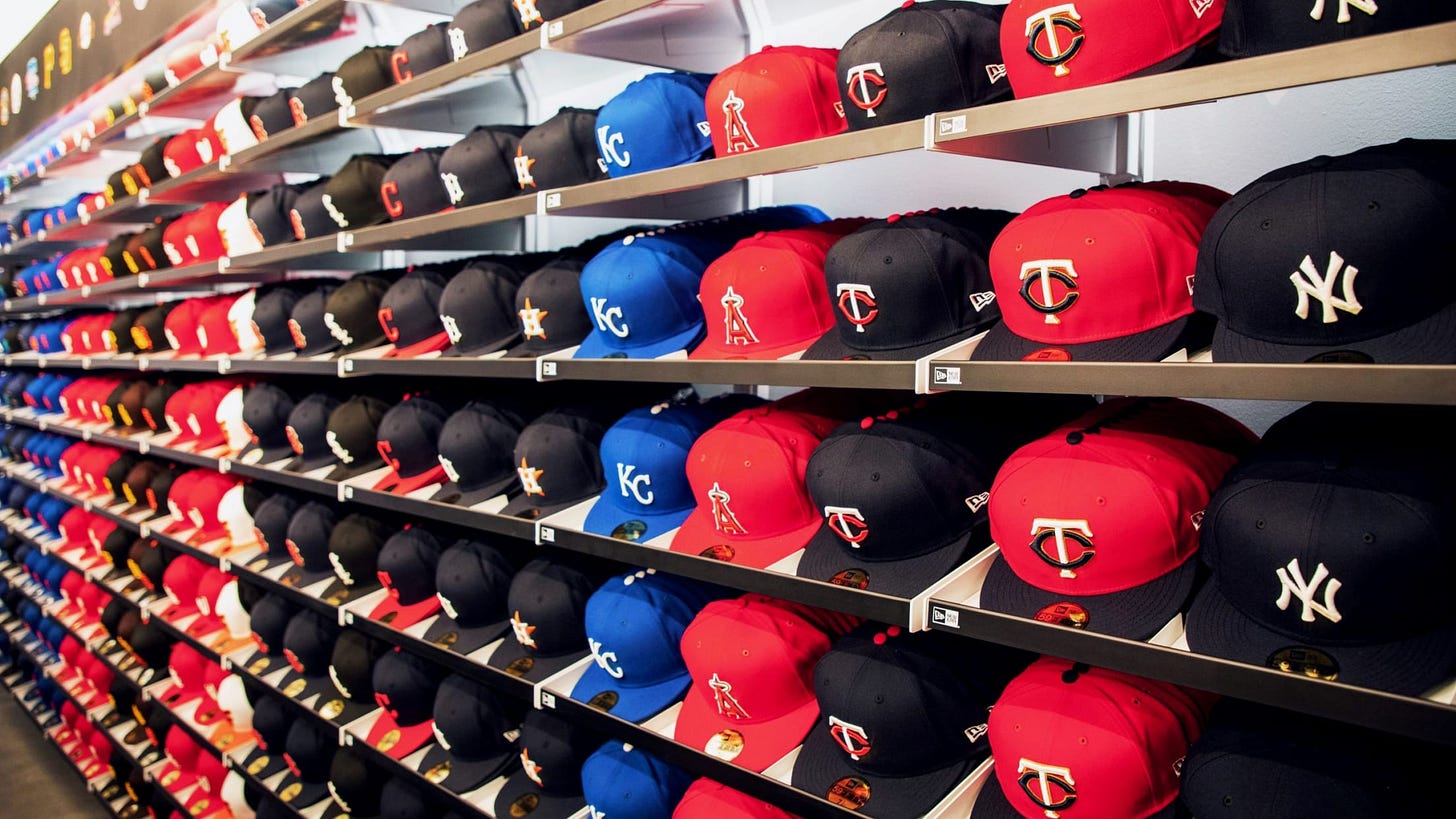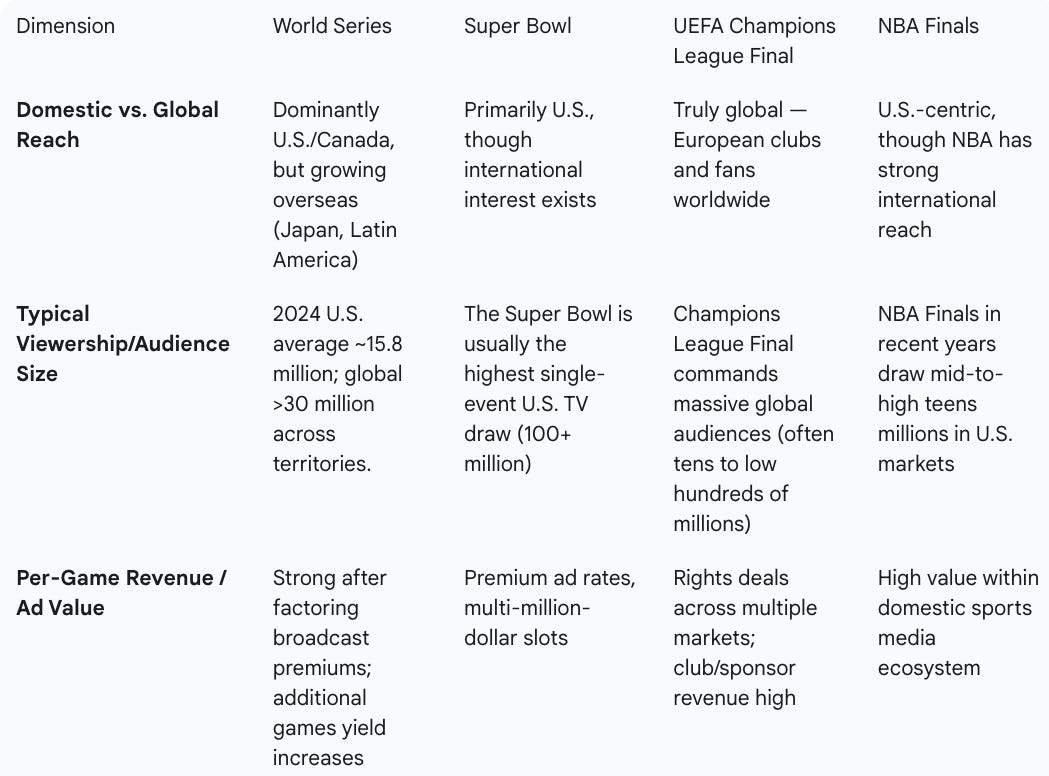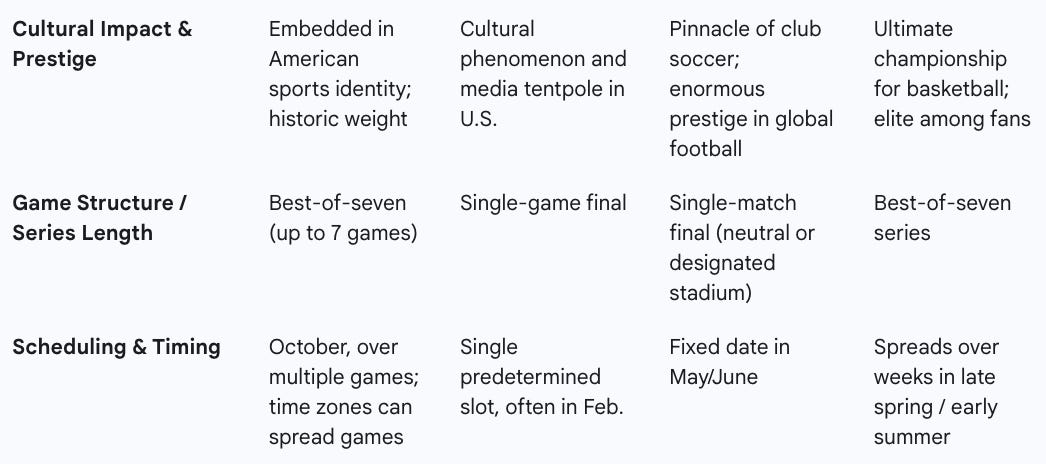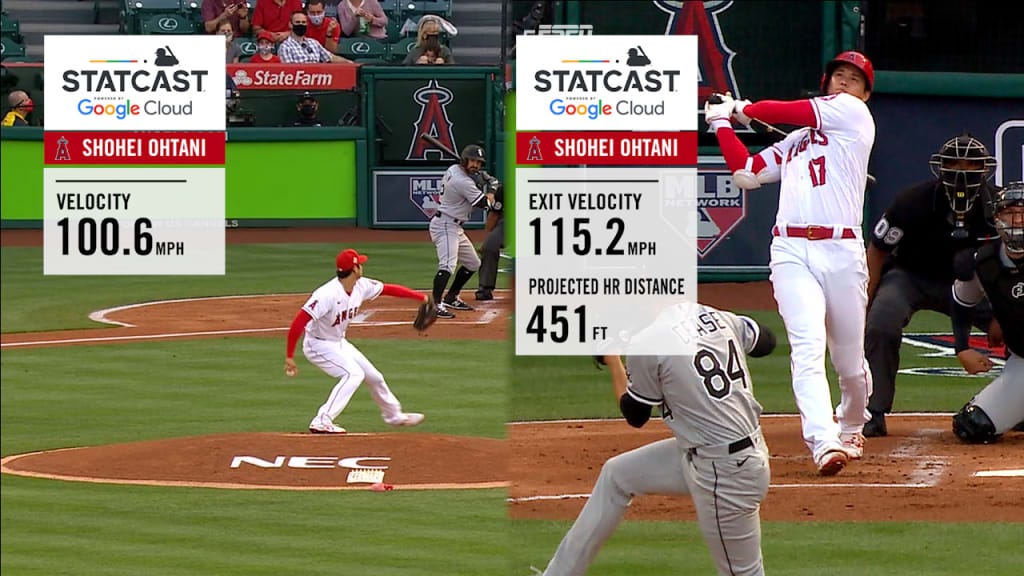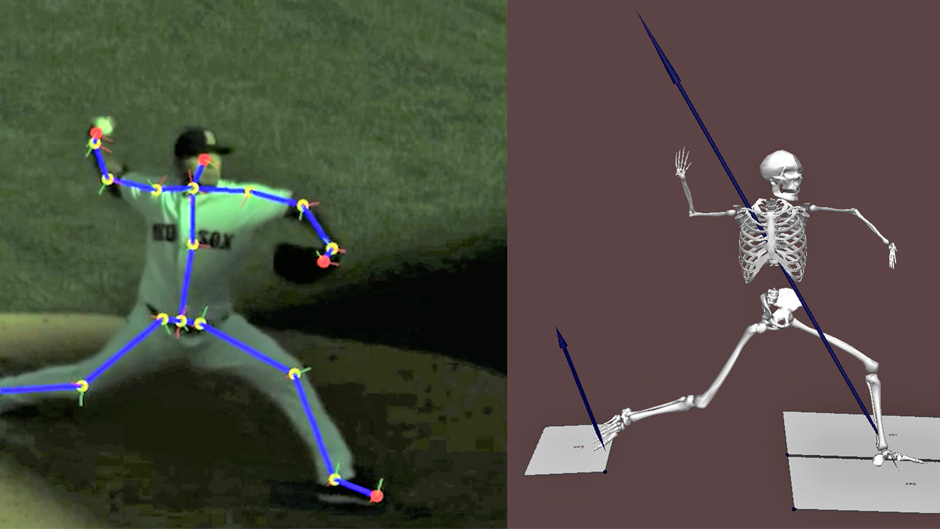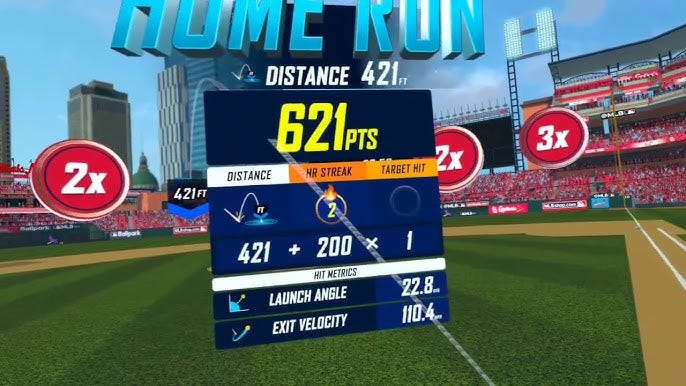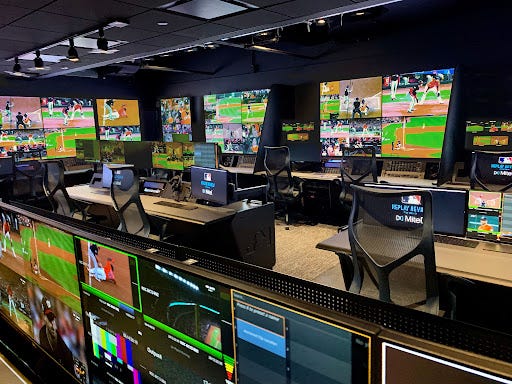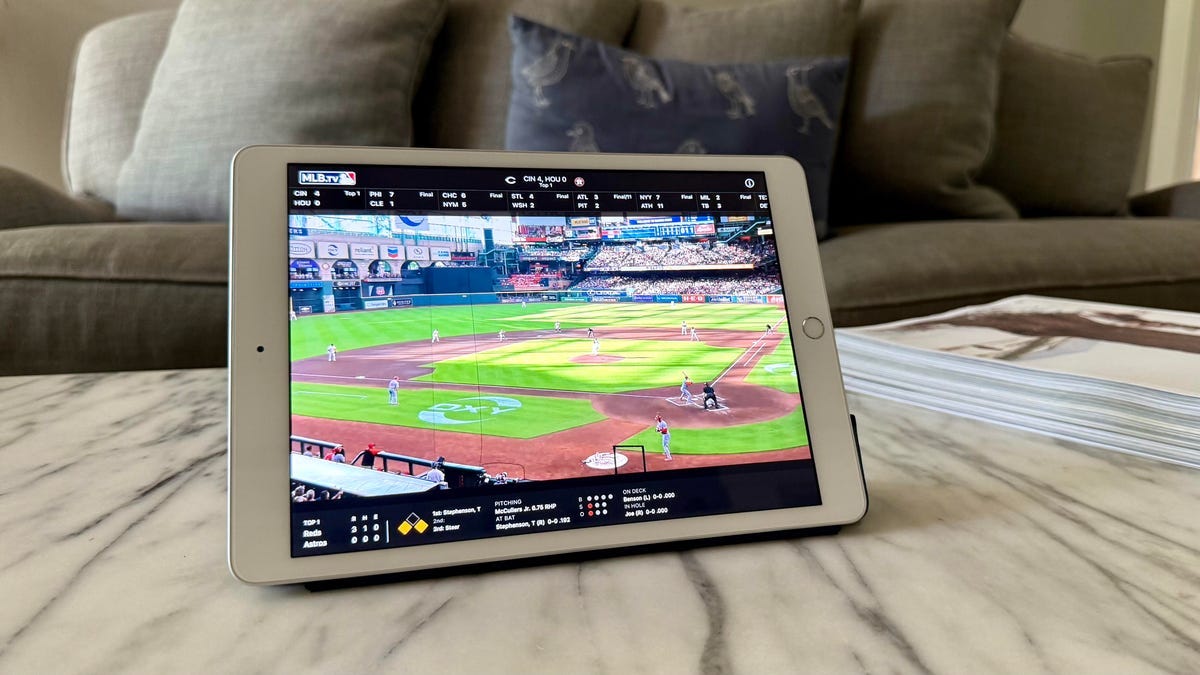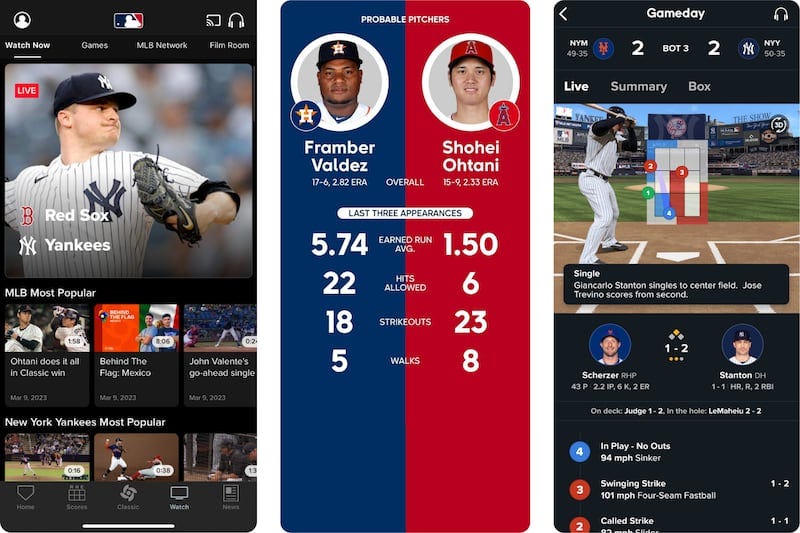⚾ Upside Special Report: Inside the World Series: History, Impact, and the Future of Baseball’s Biggest Stage
Baseball is often called America’s pastime, and at the apex of the season lies its most celebrated showcase: the World Series. In October 2025, the Fall Classic will once again take center stage, drawing not only ardent fans but also media, sponsors, and global audiences. While the World Series is steeped in tradition and lore, it is also a dynamic economic engine and a laboratory for technological innovation. As sports evolve under digital, data, and fan-engagement pressures, the World Series faces both opportunity and challenge.
This extended analysis seeks to tell the full story of the World Series: where it came from, what has made it iconic, how it compares to other major global sports finals, what the economics look like, how technology is already reshaping the experience, and what the future might hold as we approach October 24, 2025. In doing so, we aim not just to celebrate the spectacle but to understand how it fits into a shifting sports, media, and tech landscape.
History of the World Series
Origins & Early Development
The idea of a postseason championship between the American League (AL) and National League (NL) champions dates to the early 20th century. The first official “World Series” in 1903 pitted the Boston Americans (later Red Sox) vs. the Pittsburgh Pirates.
In 1904, however, the NL champion (the New York Giants) declined to play, so there was no series. From 1905 onward (save for 1994), the World Series has been held annually.
In the early years, the format was occasionally best-of-nine (e.g. 1919–1921). By the 1920s, best-of-seven became standard, with occasional tweaks over time.
As the league structure evolved (e.g. divisional realignment, expansion, the advent of League Championship Series, Wild Cards), the road to the Series changed, but the final showdown remained the metaphorical crown of baseball.
Evolution & Structural Changes
Home-field advantage: Its allocation has shifted. For many years, the Series alternated leagues; later it was tied to All-Star Game outcomes (2003–2016), and in more recent eras, it is awarded based on the better regular-season record.
Expansion and playoff complexity: As MLB expanded and added divisions, the postseason expanded. Today, the path to the World Series includes Wild Card rounds, Division Series, and League Championship Series.
Disruptions: The 1994 players’ strike led to cancellation of the postseason (thus no World Series). More recently, in 2020 amid the COVID-19 pandemic, the World Series was held at a neutral site (Globe Life Field in Arlington) to limit travel.
Media era & commercialization: Over time, the World Series has become a major media property, with national broadcasting, sponsorship signage, licensing, merchandising, and global distribution.
The Cultural Icon
By now, the World Series is embedded in American sports identity. Its moniker — the “Fall Classic” — evokes not just a championship but a seasonal ritual. It carries weight in franchise legacies, player legacies, and regional pride in a way few events can match.
Iconic Moments in World Series History
There are dozens (if not hundreds) of moments that linger in baseball lore. Below is a curated selection that highlights the drama, mythology, and turning points that define the World Series’ mythology.
Don Larsen’s perfect game (1956, Game 5)
Larsen’s 27-up, 27-down masterpiece is the only perfect game ever thrown in World Series history. His composure under such stakes, culminating in that final out, remains etched in legend.
Bill Mazeroski’s walk-off (1960, Game 7)
Often called “the most dramatic home run in World Series history,” Mazeroski’s blast in the bottom of the 9th gave the Pittsburgh Pirates a 10–9 win over the Yankees and the championship.
Kirk Gibson’s pinch-hit home run (1988, Game 1)
Though not in the fall of the year, Gibson’s ailing body and dramatic swing (on one leg) to deliver a walk-off home run is one of the most replayed and cited moments.
Reggie Jackson’s three HRs (1977, Game 6)
“Mr. October” lived up to the name, launching three homers in a single World Series game, cementing his October legend.
1975 Game 6: Carlton Fisk’s wave
In the 12th inning, Fisk famously thumped and waved his arms, seemingly beseeching the ball to stay fair. It did, and the Red Sox won one of the most dramatic games in Series history.
Joe Carter’s walk-off (1993, Game 6)
One of the rare World Series closers via walk-off home run — Carter’s shot delivered the Toronto Blue Jays the championship.
1986 Game 6: The Red Sox collapse
A late error and Marty Barrett’s chance gone wrong led to the Mets rallying in extra innings. It’s emblematic of the unpredictability and heartbreak of October baseball.
Freddie Freeman walk-off grand slam (2024, Game 1)
In 2024, in a dramatic opener between the Dodgers and Yankees, Freeman cleared the bases in Game 1 to clinch the win. It was a historically resonant moment, compared by many to Gibson’s 1988 swing.
Ohtani & global attention (2024 Series)
The 2024 Series drew immense interest in Japan, thanks largely to Shohei Ohtani (and Yoshinobu Yamamoto). In that year, the Series became the most-watched ever in Japan (average ~12.9 million) and games aired in the early morning there.
These moments show how the World Series is far more than statistics — it’s theater, emotional peaks, narratives, shock, and mythmaking.
Economics of the World Series
The World Series is not just a sporting culmination; it is a complex financial ecosystem involving media rights, sponsorship, ticketing, merchandising, local economic impact, and brand valuation.
Media Rights & Broadcast Economics
The Series is one of MLB’s crown jewels in its national media portfolio. The rights to broadcast games are highly prized by networks and streaming platforms.
In 2024, the MLB reported the Series drew an average U.S. audience of ~15.8 million across Fox’s platforms — a 67% increase over 2023.
Globally, the Series reached over 203 territories via 162 distributors in 16 languages.
The 2024 Series drew more than 30 million viewers combining North America and Asia.
Game-specific peaks soared: in 2024, Game 1 saw a spike (related in part to Freeman’s walk-off) of ~23.5 million peak viewers, a 52% increase from the prior year’s Game 1.
Advertising is a major revenue driver. Premium ad slots during the Series command high rates. In 2024, top advertisers included Capital One, Geico, T-Mobile, and Google.
Attendance, In-Person Spending & Local Impact
In 2024, total attendance across the Series was 253,104 (5 games) — averaging 50,621 per game. That was the highest average since 2003.
The broader postseason that year had total attendance near 1.92 million.
Local host cities benefit via hotel stays, dining, transport, and ancillary tourism revenue, especially in championship-deciding games.
Within stadiums, concessions, parking, merchandise, and premium experiences (luxury boxes, hospitality) produce additional margin for teams and vendors.
Merchandise, Licensing & Brand Value
The 2024 Dodgers clinch merchandise broke esports sales records (among MLB-related merchandise).
Within 24 hours of the final out, Fanatics rolled out ~850 unique World Series Champions products.
Japan was the second-highest market behind the U.S. in World Series-related merchandise sales in 2024.
Franchise value increases with championship pedigree — winning a World Series enhances brand equity, sponsorship appeal, and long-term revenue prospects (e.g., corporate partnerships, premium seating demand).
Intangible & Strategic Value
The prestige of the World Series enhances MLB’s negotiating leverage for future media deals and global expansion.
The Series acts as a showcase event to attract new fans, especially in potential international growth markets.
The data footprint (fan metrics, broadcast analytics, digital engagement) is monetizable in its own rights via licensing or media partnerships.
In sum, the World Series is among MLB’s most valuable assets, with ripple effects far beyond the diamond.
World Series vs. Super Bowl vs. Champions League Final vs. NBA Finals
It’s illuminating to compare the World Series to other marquee sports finales. Each has its own scale, cultural context, and challenge.
Comparison Across Key Dimensions
Source: Upside Global, Confidential, October 2025
Observations & Trade-Offs
The Super Bowl wins in U.S. mass attention and advertising economics per single event.
The Champions League Final often surpasses all in global scale, given soccer’s reach, club fandom, and broadcast distribution.
The NBA Finals combine prestige and regional passion in basketball’s context but generally operate at a smaller global scale relative to soccer.
The World Series benefits from its heritage, repeat structure (multiple games), and elective drama — but faces challenges in global expansion, time zone constraints, and cultural legibility outside core markets.
As such, the World Series occupies an interesting niche: a regional cultural juggernaut with ambitions to break further into the global spotlight.
Key Stats (Viewership, International Audience..)
To anchor this in recent empirical evidence, here are some of the most relevant and recent stats:
2024 U.S. average viewership: ~15.8 million across Fox platforms — a +67% leap from 2023. (Source: MLB.com)
Global reach in 2024: The Series was available in over 203 countries/territories, and combined viewership across North America and Asia passed 30 million.
Japanese viewership: Average ~12.9 million (the most-watched World Series ever in Japan). (Source: MLB.com)
Attendance: 253,104 across five games (≈50,621 per game) — highest average since 2003. (Source: MLB.com)
Social & digital engagement (2024):
• The first day of the Series alone had 14.3 million social engagements and 160.1 million video views — among the highest single-day numbers in MLB history. (Source: Sports Video Group)
• MLB’s YouTube views saw 61% attributed to international viewers, a +210% increase from prior benchmarks. (Source: MLB.com)
• Across social platforms (Instagram, X, TikTok, Facebook, YouTube), all saw double- or triple-digit increases versus 2023. (Source: MLB.com)Game-specific peaks: Game 1 in 2024 peaked at ~23.5 million viewers. (Source: AdImpact)
Viewership vs. Monday Night Football: Game 3 of the 2024 Series averaged 13.64 million viewers, surpassing a concurrent Monday Night Football game (13.4 million). (Source: AP News)
These statistics illustrate the power of a compelling matchup (Yankees vs. Dodgers, Ohtani effect, etc.) to drive viewership surges, especially among younger demographics, and to expand MLB’s international footprint.
2025 World Series Favorites
Variables That Will Matter Most
Injury health, especially among starting pitchers and bullpen arms
Postseason experience (rookies can flare, but veterans often matter)
Pitching matchups and bullpen management
Tactical and strategic adaptation (e.g. analytics, lineup flexibility)
Momentum and confidence heading into series play
The Los Angeles Dodgers are the consensus betting favorites to win the 2025 World Series, with odds around +320 to +375 as of early October 2025, following a strong Wild Card Series performance. They are closely followed by the New York Yankees and Philadelphia Phillies, who are considered strong contenders. The Seattle Mariners are also mentioned among the top favorites.
Impact of Technologies
Technology in baseball isn’t a future prospect — it’s already deeply integrated across nearly every domain. Here’s how technology has already reshaped the World Series environment.
Advanced Analytics, Metrics & Strategy
Statcast & tracking data: Every pitch, trajectory, exit velocity, spin rate, angle, and launch data is captured. Teams use this for scouting, matchups, in-game adjustments, defensive shifts, and pitcher/hitter preparation.
Expected metrics (xERA, xwOBA, etc.): These advanced models help identify undervalued players or outcomes, influencing roster decisions and in-game calls.
Biomechanics & wearable sensors: Teams track fatigue, mechanics, injury risk, and recovery, especially for pitchers. This allows more precise pitching workloads and rest strategies.
Broadcasting & Viewer Experience
Augmented overlays & graphics: Data visualizations (pitch heat maps, spin metrics, probability graphs) are layered into live broadcasts.
Multi-angle and high-frame-rate camera systems: Viewers can choose alternative camera feeds, replay angles, and slow-motion breakdowns.
Streaming platforms & second-screen integration: Fans can watch on multiple devices, toggle stats, commentary layers, live metrics, and sync across screens.
Interactive fan tools: Some broadcasts integrate polls, real-time trivia, or alternate feeds (analytics-heavy, story-driven, etc.).
Projection mapping: Projection mapping in sports uses high-powered projectors and 3D mapping software to cast dynamic visuals onto playing surfaces or stadiums, transforming them into immersive storytelling canvases for pregame shows and ceremonies. By syncing visuals with sound, lighting, and live action, it creates cinematic fan experiences and is increasingly blending with AR, AI, and data visualization to shape the future of in-venue entertainment.
Fan Engagement & Digital Marketing
Social media & content: Short-form highlights (clips, reels, GIFs), micro-content, and instant replays drive social engagement.
E-commerce, drop marketing & merchandise micro-targeting: As big plays happen, merchandise drops or limited-edition gear can be pushed instantly.
Fan data & personalization: Teams collect demographic and behavioral data to tailor promotions, content, and communication.
Stadium & In-Venue Tech
High-speed connectivity (5G, Wi-Fi 6/7): Enables seamless streaming, real-time stats on devices, AR/VR overlays for fans in their seats.
Mobile ticketing, cashless payments & smart concessions: Faster transactions, dynamic pricing, queue analytics, and crowd flow management.
Sensors & automation: Fan traffic tracking, concession demand forecasting, stadium operations optimization.
Technology has lowered the barriers between the stadium and living room — fans now expect real-time data, multiple viewing modes, and engagement on their terms.
Future of the World Series from a Tech Perspective
What’s on the horizon? Over the next 5–10 years, several technological trends may redefine how the World Series is produced, consumed, and experienced.
Immersive & Hybrid Attendance
VR/AR “attendance”: Fans may attend virtually from their homes or remote locations, choosing seating angles, stat overlays, or even “walk” around virtual stadium spaces.
Mixed reality overlays: At the ballpark, fans equipped with AR glasses or apps might see live stats, pitch visualizations, or even replays projected onto the field.
Holographic displays & ambient enhancements: Stadiums could integrate holograms or immersive visuals to supplement live action.
Personalized & Modular Broadcasts
Fan-directed commentary: Viewers may pick their commentary style (analytical, narrative, local voice, stats-driven).
Customizable camera feeds: Ability to switch among multiple angles, isolate players, or view micro-level data streams.
Adaptive broadcasting: AI models that adjust which replays or stats are shown based on viewer engagement or preferences.
AI & Automation in Production
Automated highlight reels: Using AI to detect the pivotal plays and produce instant, shareable clips for social media.
AI-assisted commentary or analysis: Sophisticated models that can generate insights, probabilities, or narrative context in real-time.
Predictive analytics: Live win probability modeling, scenario forecasting, and predictive adjustments projected on-screen.
Monetization of Data & APIs
Data as a product: Licensed access to pitch-by-pitch or sensor-level data to fantasy, gaming, analytics, or media firms.
Subscription tiers: Fans paying for access to deeper metrics, enhanced overlays, or custom visualizations.
Interactive fan features: Betting integration (where legal), fantasy sync, in-broadcast “choose your pitch” mini-games.
Global & Local Integration
Localized feeds: For international markets, commentary and overlays contextualized to local league norms or fan familiarity.
Simultaneous multi-language presentation: Seamless switching of commentary or overlays in different languages.
Cross-sport fandom tie-ins: Using data or storytelling bridges to link MLB to local or international leagues to build crossover fans.
Infrastructure & Operational Tech
Next-gen connectivity (6G, edge computing): Ultra-low latency feeds, instantaneous AR overlays, edge processing of video streams.
Sustainability & smart stadiums: Energy-efficient operations, IoT sensors for environmental control, waste reduction, and smart facilities that enhance the fan comfort experience.
We may see a future where attending the World Series is as much about curated data, choice, immersion, and interactivity as it is about watching the ball travel over the fence.
Conclusion
As the world waits for October 24, 2025, the World Series stands at a crossroads of tradition and transformation. Its roots run deep, its mythology is rich with dramatic peaks, and its economic footprint is large. Yet in a media landscape defined by streaming fragmentation, global sports competition, and accelerating technology, the Fall Classic must evolve.
The 2024 Series showed what’s possible: a jump in viewership, especially among younger audiences; record-breaking international interest (especially in Japan); and engagement that broke social and digital records. But sustaining and scaling that requires not just marquee matchups but continuous innovation in how audiences experience the game.
Among the favorites and storylines of 2025, the Phillies and Dodgers loom largest, but in baseball, surprises never sleep. Perhaps the most fascinating subplot will be how technology weaves through this Series — not just in who wins, but in how fans watch, consume, and remember it.
You may also like:
⚾ Upside MLB Group Video Chat with Lindsay Shaw (Guardians), Zach Brandon (Arizona Diamondbacks), Josh Kozuch (Baltimore Orioles) on Mental Performance
Today we have the honor of interviewing a group of MLB practitioners that are experts in mental performance and preparation.


